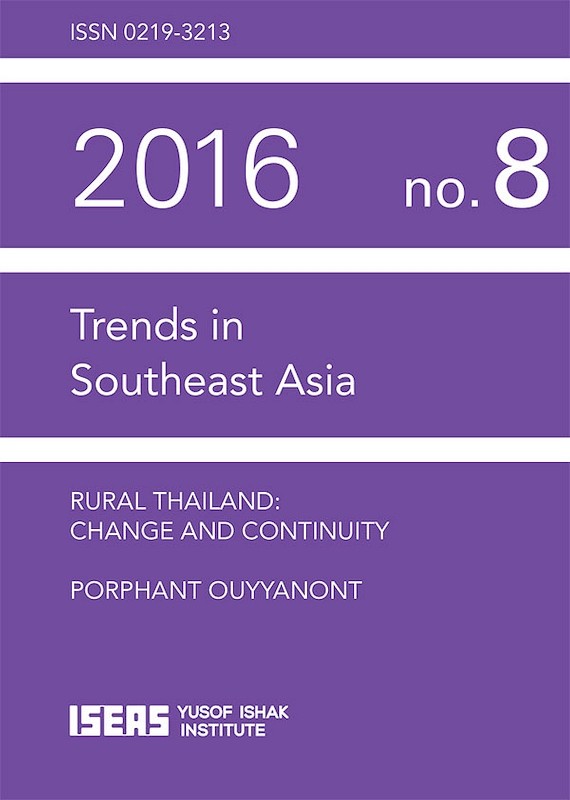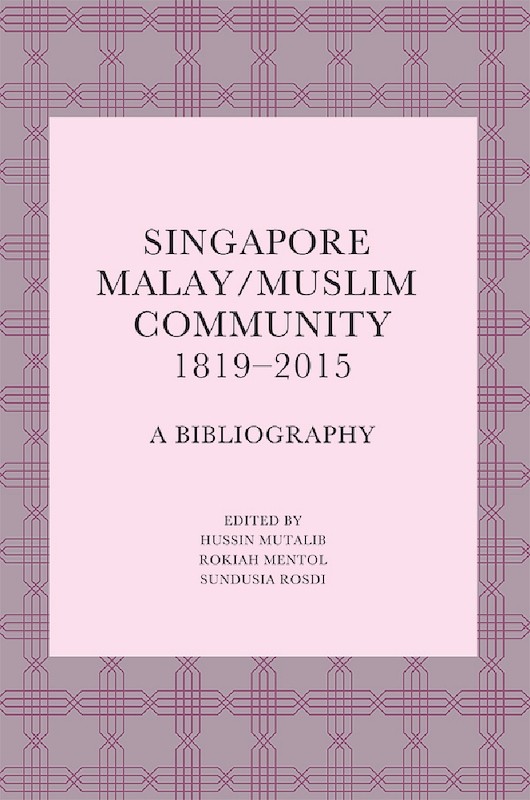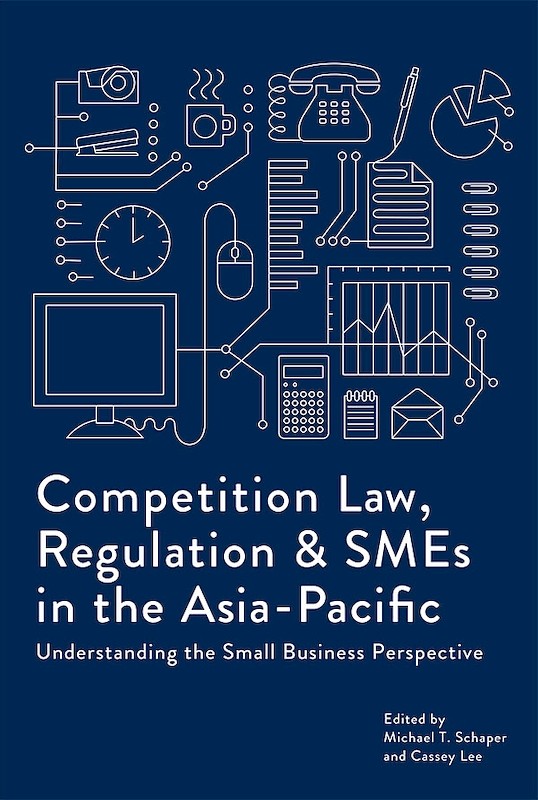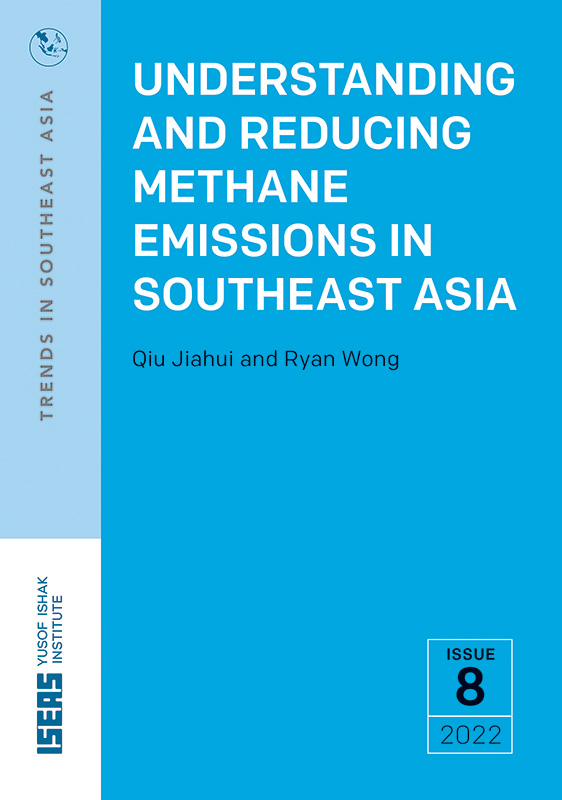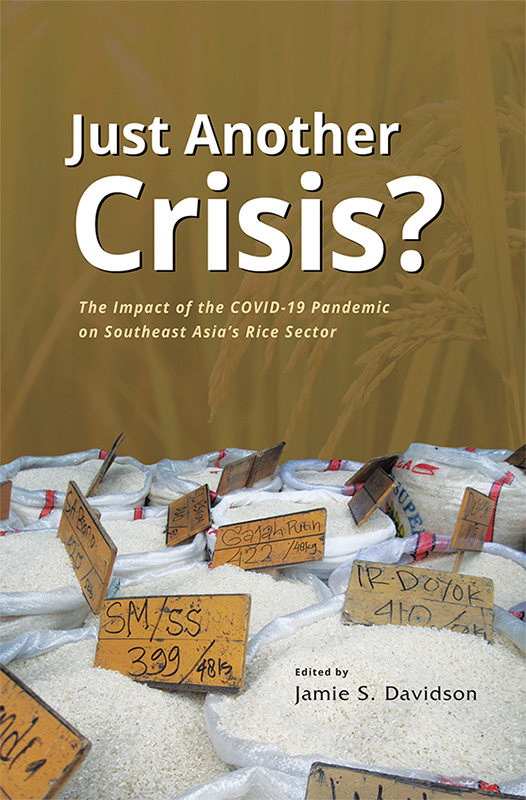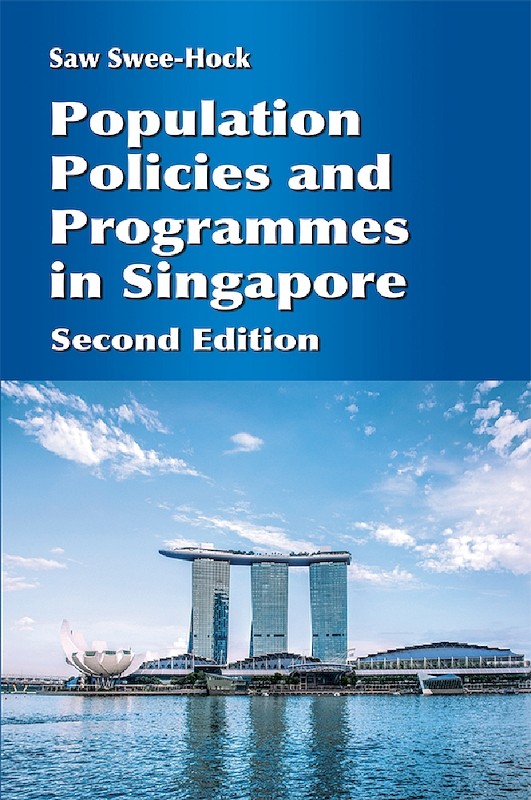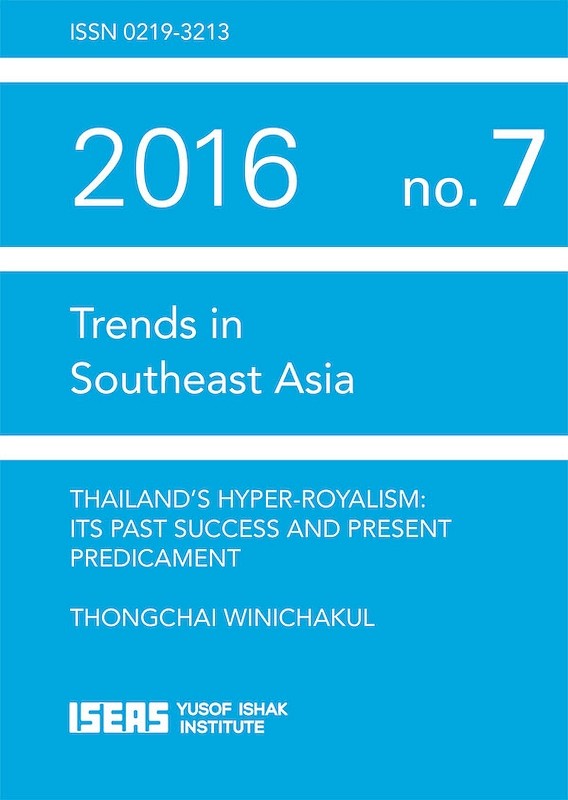Jonathan Rigg. Journal of Southeast Asian Studies, Vol.6:2, 2017.
"Given that the paper is only a short exposition, it is inevitable that the discussion is generalized in tone and aggregate in formulation. This is a big-picture description of agrarian change in Thailand over the modernization period, one where ethnographic or regional detail is eschewed in the interests of marking out a wider case. The empirical material, which is secondary, and the argument are not new; what is valuable, however, is to have the argument encapsulated in this succinct and clear manner. If a policy maker or student wished quickly to get to grips with the evolution of the Thai agricultural sector over the last half century, this would be as good a place as any to start."
Kerry Richter,
Journal of Population and Social Studies, Volume 25, Number 1, January 2017.
"This paper gives an excellent profile of Thailand's rural population, including changes in agricultural crops, the production system and the rural infrastructure. While long-term rural out-migration to Bangkok and provincial cities is well known, the insights offered here provide detail on the consequences of this dynamic for rural areas and for the agricultural sector currently.
.... Ouyyanont's insights throughout the paper are drawn from economic and social statistics and from the work of other social scientists. Thus the paper is an excellent resource for those who wish to understand the dynamics among population, workforce and economy for Thailand's agricultural sector."
Despite rapid industrialization in Thailand, the contribution of agriculture to GDP remains unusually high. The share of agricultural employment in total employment has also remained high, relative to the country’s income level, as has the share of the rural population relative to the total population. Agribusiness has grown significantly, and there has been a rise in the number of large and strongly financed commercial farms that are less labour intensive. Contract farming has also been developing.
The introduction of a rice premium by the government obstructed the modernization of the agricultural rice sector and caused the rice share in GDP to steadily decline, while that for upland crops such as cassava, maize, sugarcane, and oil palm increased. However, rice remains the most important crop. The high proportion of the population still living in rural areas and working in the agricultural sector attests to the resilience of that sector in the face of industrialization.
